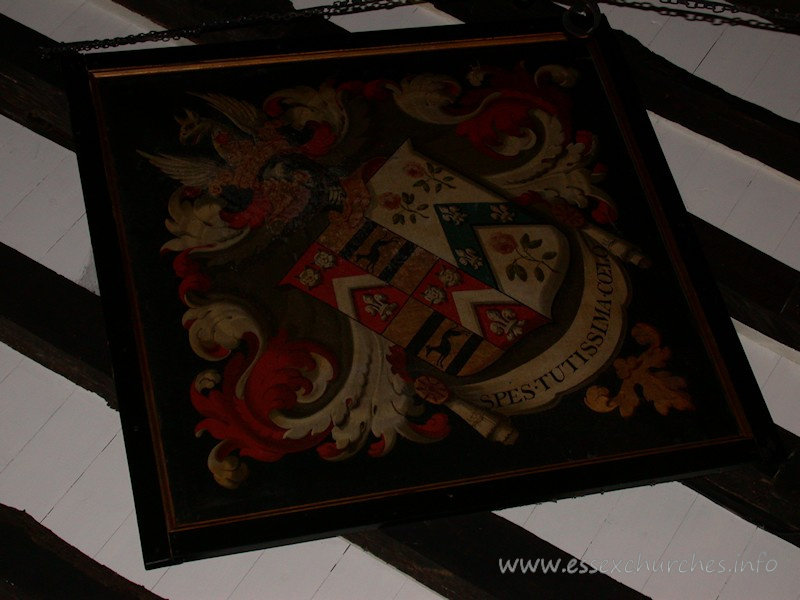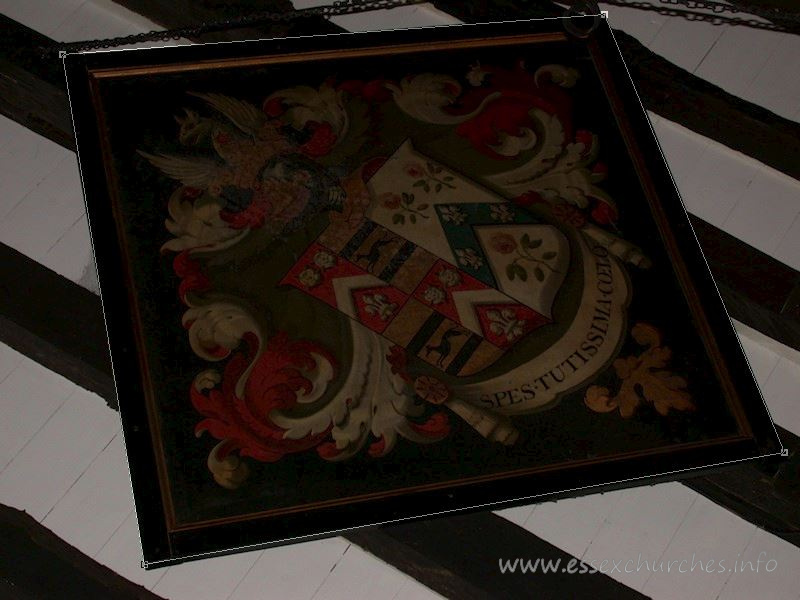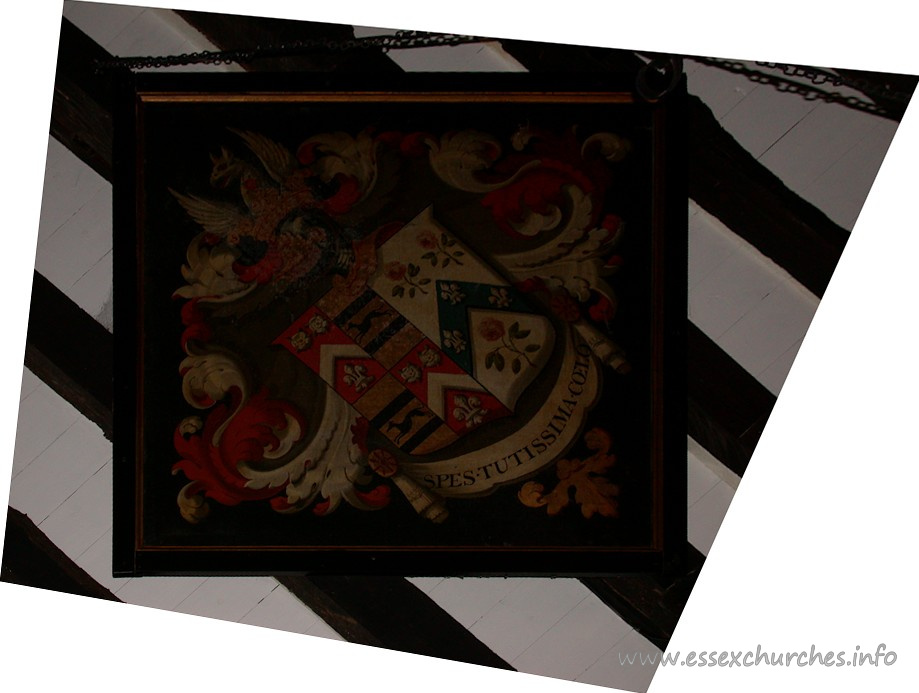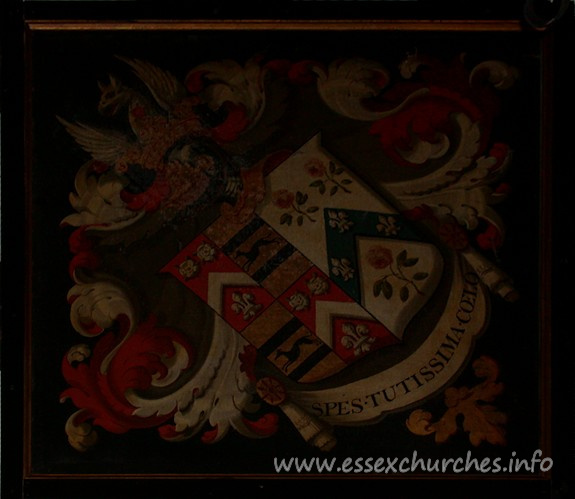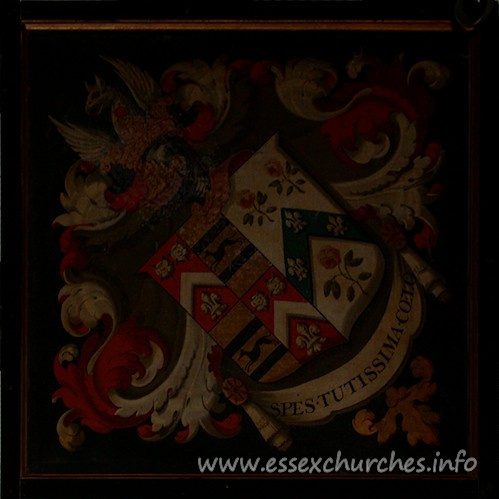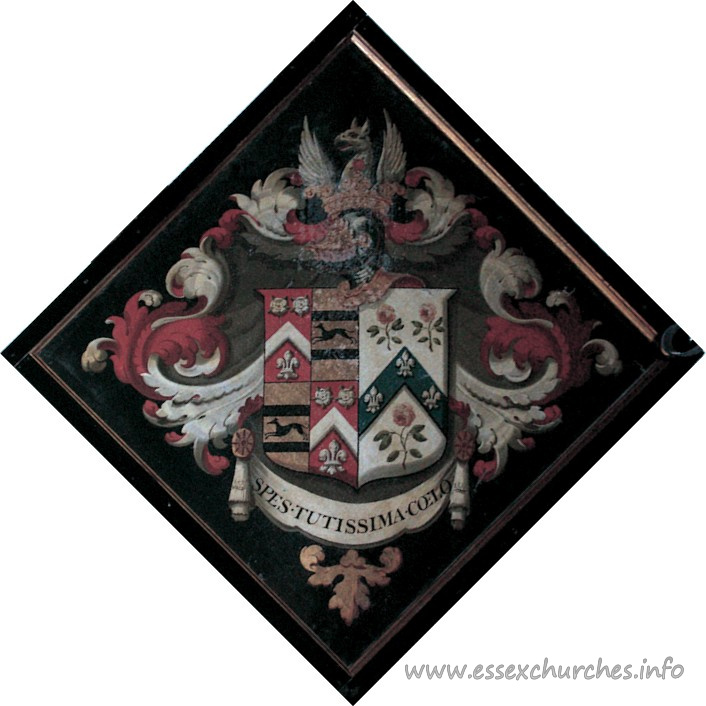I’d heard of print on demand – but I had no idea that it would enable me to get hold of reproduction copies of books which I had seen advertised on the likes of Abebooks for many hundreds of pounds!
The title which I’d always wanted to read, since seeing it referenced in some other books on Essex Churches, was Philip Morant’s History and Antiquities of the County of Essex. Compiled from the best and Most Ancient Historians.
This book pulls together details of how places appeared when Morant compiled the texts, along with many historical details and evidences that he researched from before his time. Reading it is like reading a hybrid of the Essex Pevsner and the Domesday Book. He makes mention of the parish of Milton (off the coast of Westcliff-on-Sea), and describes the fact that the church had been visible at low tide ‘until recent times’.
The book is in two volumes. I believe I paid around £25 per volume when I got them. They are print on demand facsimile copies – which means they can be a little tricky to read in places. But it is better than not having access to them at all.
I see that Amazon are selling the paperback copy of the first volume for the tiny sum of £3.84. Things are not always as good as they seem though, as the second volume then appears overpriced at around £50. However, you could get the first volume from Amazon and see if it appeals before shelling out for the second volume – which may be available for a more sensible price elsewhere.
As usual, the links to these books on Amazon can be found on the books page (link top right).
Share:Follow:

